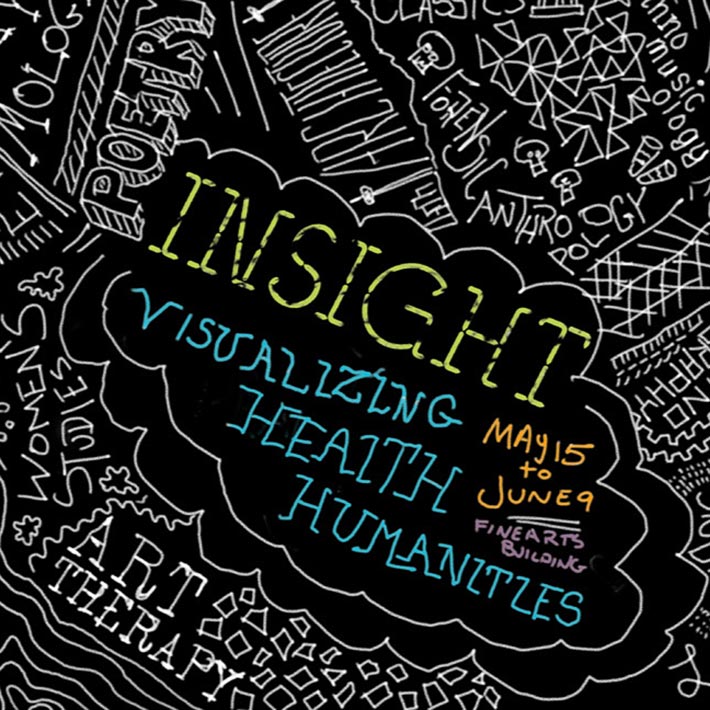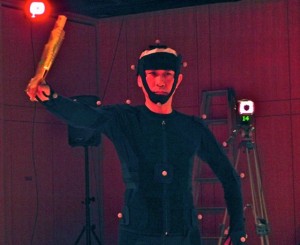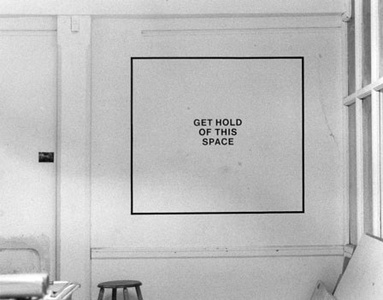The Guardian has reprinted the trasnscript of Benjamin Bratton’s We need to talk about TED talk that is critical of TED. He looks at each of the three terms in T.E.D. (Technology, Entertainment, Design) and here is paraphrase of some of his points:
- TED talks conceptualize the future, but tend to oversimplify it.
- TED wants to be about imagining the future, but it tends to promote placebo politics and technology.
- We are told that change is accelerating, but while that may be true of technology, it isn’t true of politics and culture.
- TED talks have too much faith in technology. Another futurism is possible.
- Capitalism is presented as being about rocket ships and nanomedicine. It is actually about Walmart jobs, McMansions and government spying.
He ends by talking about design. He argues that it shouldn’t be about innovation, but about innoculation. Design is presented in TED as the heroic solving a puzzles that will magically fix everything. Instead he argues for design as slogging through the hard stuff – understanding the politics and cultural issues.
He ends by summarizing why he feels TED is not just a distraction, but harmful. He believes TED misdirects our attention by charming us with the entertaining simple solutions while avoiding the messy, chaotic, complex issues that can’t be solved by technology.
I sometimes wonder if Humanities Computing didn’t serve a similar purpose in the humanities. Is it a form of comic (technological) relief from the brutal truths we confront in the humanities … especially the suspicion that we make no difference when we do confront racism, sexism, surveillance, politics and technohype. Why not relax and play a bit with the other?






